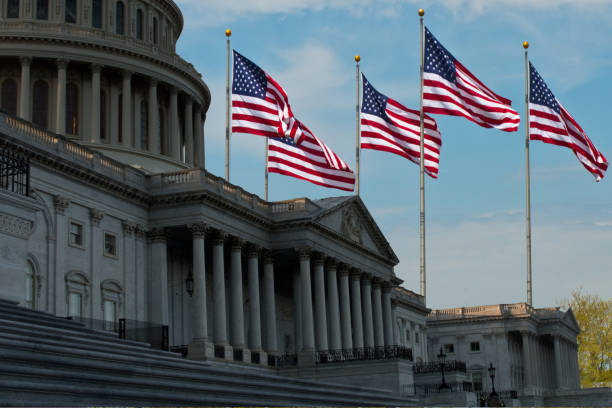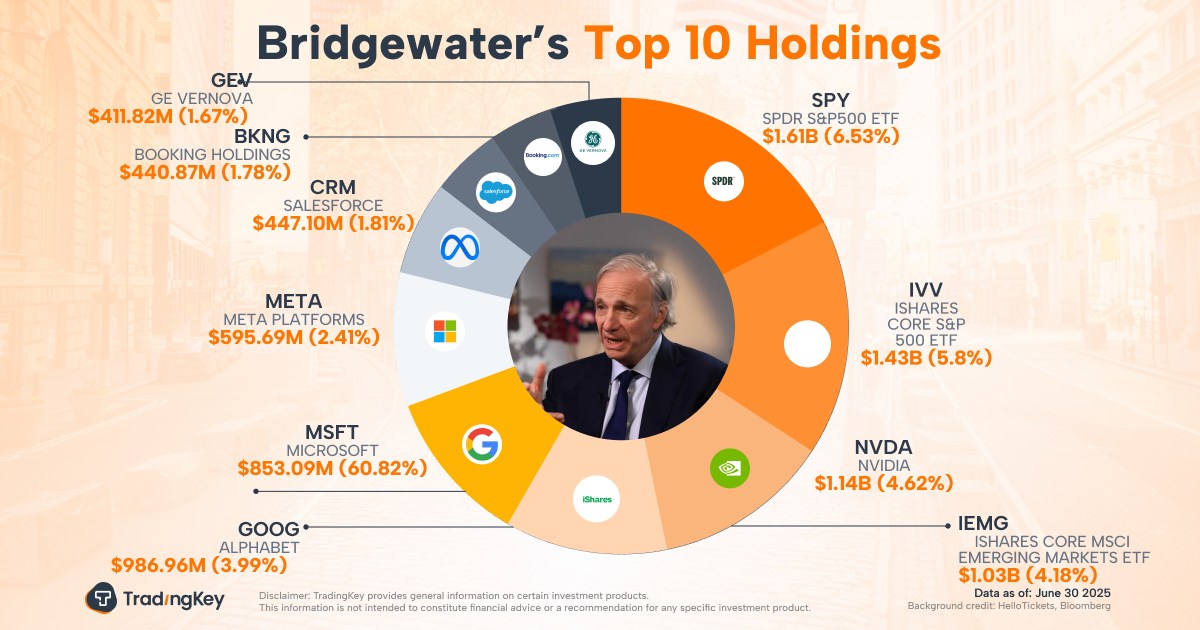China's yuan inches higher as firmer fix tempers renewed US-China trade tensions

SHANGHAI, Oct 13 (Reuters) - China's yuan edged higher against the dollar on Monday, paring sharp losses in the prior session, as a stronger midpoint guidance rate cushioned the impact of renewed trade tensions between Beijing and Washington.
The Chinese currency weakened late on Friday after U.S. President Donald Trump said he would impose 100% tariffs on Chinese goods, along with new export controls on critical software by November 1, after Beijing expanded curbs on exports of critical rare earths.
Investors in Chinese stocks reacted to the latest escalation in the trade war by dumping their holdings, with traders also taking profit from a market hovering near its highest level in a decade. .SS
The slight early strength in the yuan came as the central bank guided it higher with a firmer-than-expected official midpoint, traders said, in what they interpreted as an attempt by authorities to keep the currency stable.
The People's Bank of China (PBOC) set the midpoint rate CNY=PBOC at 7.1007 per dollar, its strongest since November 6, 2024. The spot yuan is allowed to trade 2% either side of the midpoint each day.
The official guidance rate was 203 pips firmer than a Reuters' estimate CNY=RTRS of 7.1210.
"We anticipate China will maintain exchange rate stability," said Raymond Yeung, chief economist for Greater China at ANZ.
"The PBOC could reinforce its policy stance through a firmer daily fixing in response to potential depreciation pressures."
In the spot market, the onshore yuan CNY=CFXS traded at 7.1317 per dollar as of 0330 GMT, 0.06% firmer than the previous close of 7.1360 on Friday.
Its offshore counterpart CNH=D3 traded at 7.1378 per dollar, up about 0.12% in Asian trade.
However, market participants are still wary of lingering uncertainty around trade and possible retaliatory measures.
"Further tit-for-tat reaction could see a repeat of the negative market reaction in April this year, when the Liberation tariffs were announced," analysts at Commerzbank said in a note.
Customs data showed that China's export growth picked up pace in September, buoyed by manufacturers finding buyers in markets beyond the U.S. as a tariff deal with President Donald Trump remained elusive.
Analysts at Morgan Stanley, however, warned "there will be constraints as to how far this trend can run, especially when other economies are also slowing."







